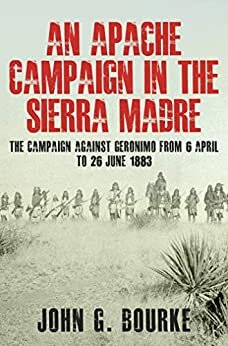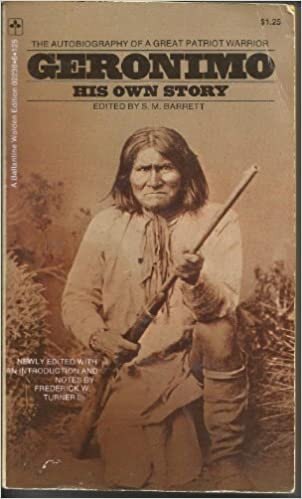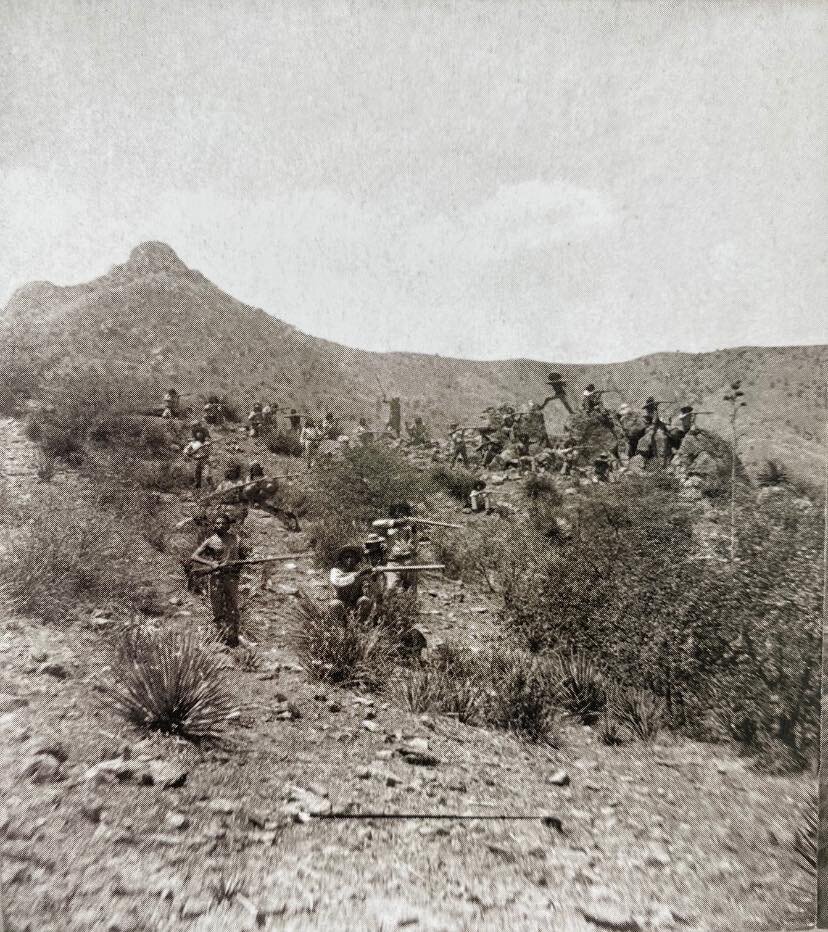An Apache Campaign in the Sierra Madre and Geronimo's Story of His Life
I recently had the opportunity to read books containing eyewitness accounts of the same event in local history from opposing sides. Geronimo’s Story of His Life and An Apache Campaign in the Sierra Madre [Amazon links] are quite different in style, but by combining the two you can get reasonably good coverage of both General Crook’s 1885-6 expedition into Mexico to apprehend the Chiricahua Apache band, and the lives of the Apache themselves.


Both books are out of copyright, so it is easy to find cheap or even free versions in ebook. However, unless you are looking at the scanned image directly, many of the free versions of Bourke’s book that I have seen are poorly OCR’d, so the dollar you pay to get a version that has been proofed and formatted properly is worth it. Checking my local public library, I can also find Geronimo’s book on the shelves. Both volumes are short, but the density of information is quite high, so I think both are profitable reads.
Geronimo’s autobiography, relayed to S. M. Barrett through an interpreter, contains a wealth of detail on Geronimo’s early life, and the practices of his people. There were many similarities with the account of Wooden Leg [Amazon link], but perhaps that isn’t surprising as they were roughly contemporaneous.
The introduction by Barrett is fascinating in its own way, as Barrett complains a bit about how he had to get Teddy Roosevelt to intervene with the Army in order to let him interview Geronimo. The missive to the lieutenant in charge of Fort Sill who was stonewalling Barrett is included in full, which had to go through the full chain of command from the War Department on down, a hilarious example of the RE: RE: FW: RE: email in a pre-Internet age.
Bourke’s account contains many kinds of details that Geronimo’s does not. Bourke was a soldier-naturalist, a thing surprisingly common even in America’s frontier. Bourke served under General Crook for many years, and saw first-hand the course of the Indian Wars. His diaries are a font of ethnography, as Bourke had a keen eye, and the ability to create rapport with the Natives he met, allowing him the opportunity to see things in a more casual context than his status as General Cook’s aide-de-camp might suggest.

Apache Auxiliaries at Canyon de los Embodos
In An Apache Campaign, Bourke documents the behavior of the Apache auxiliaries that Crook recruited before he set out to find Geronimo. How they dressed, what they ate, details of their preparations for battle. Geronimo’s book gives an overview of the Apache, but his style is sweeping and allusive, and it doesn’t contain the kind of information that Bourke provides.
Taking the two books together, I ended up with a picture of Apache life in the nineteenth century. In his thirty years in the Army, Bourke saw much and traveled widely, so I’ll be seeking out more of his works. For the price and the length, I think these particular books are an excellent way to learn about the lives of the Apache.
My other book reviews | Reading Log
Other books of Arizona history and anthropology



Comments ()